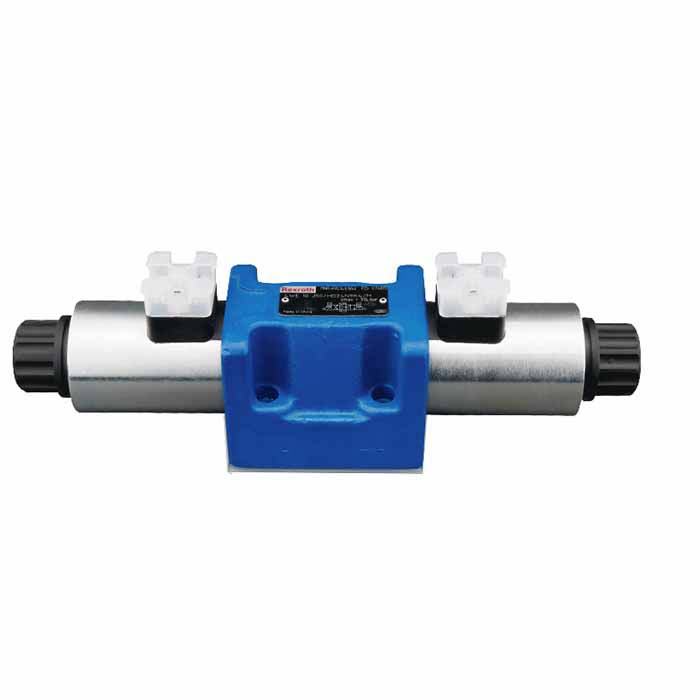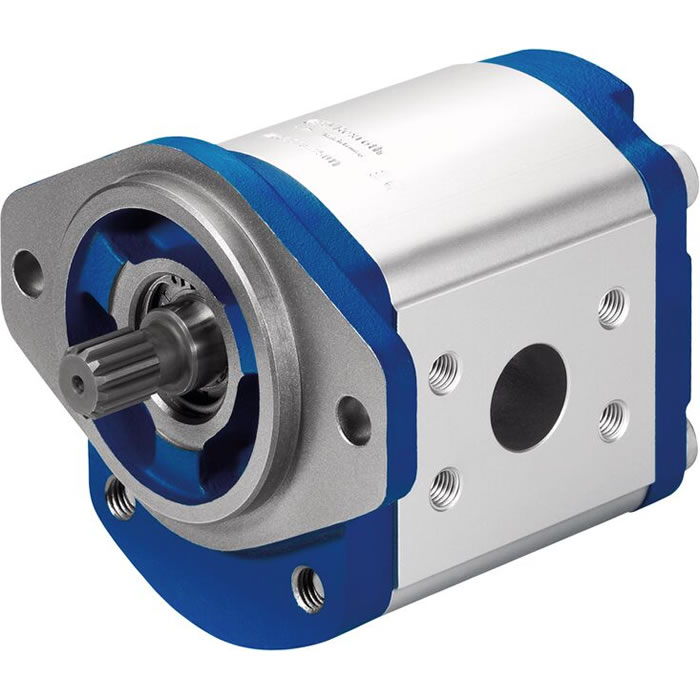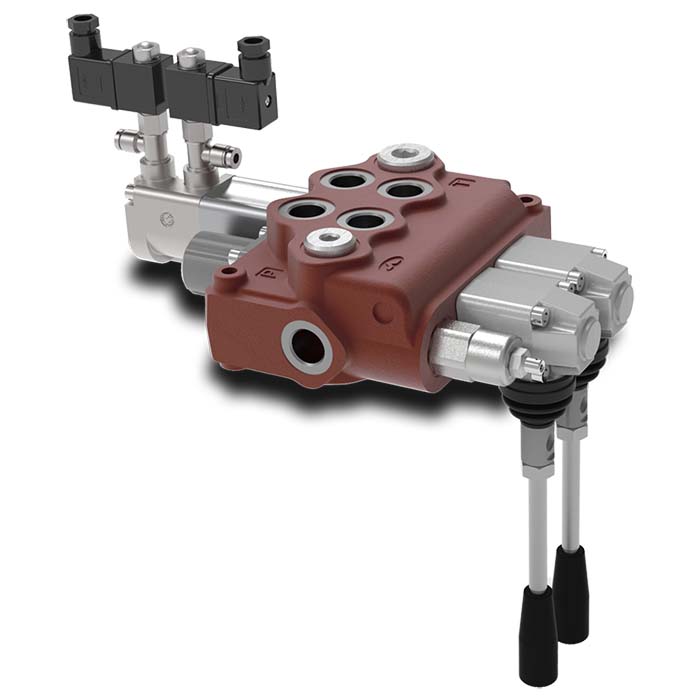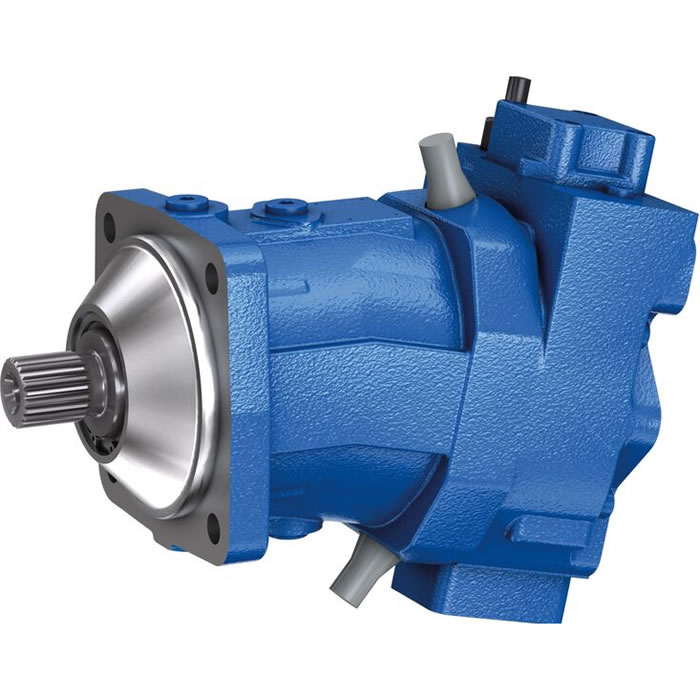gear pump maintenance and maintenance knowledge
If the daily maintenance of the high temperature gear pump is done properly, it can greatly increase its service life. Let's talk about the specific maintenance and maintenance measures.
(l) The high temperature gear pump should pay attention to keep the population pressure of the booster pump stable, so that it has a stable volumetric efficiency, which is beneficial to the operation of the pump itself and the stability of the downstream spinning quality. The disintegration and cleaning of the pump, heating, cooling, starting and stopping should be strictly operated in accordance with the regulations to avoid undue losses.
(2) The dismantling and cleaning of the pump, heating, cooling, starting and stopping should all be operated in strict accordance with the regulations to avoid unnecessary losses.
(3) The packing shaft seal pump whose population is negative pressure should keep the pressure at the stuffing box higher than the outside atmospheric pressure. When the back pressure decreases, the pressure of the stuffing box should be adjusted in time, otherwise the pump will suck in air, which will cause the strip to break, which will affect the pelletizing and cause the pelletizer to discharge.
(4) The temperature of the heat medium jacket should be checked frequently, and the heat medium temperature of the main body and the front and rear covers should be consistent.
(5) Every time the output is increased, the current output, speed, outlet and inlet pressure, and current values should be recorded, and the data before and after should be compared and carefully analyzed, so as to detect abnormalities as soon as possible and deal with them in time.
The common faults and solutions of high temperature gear pumps are as follows:
(1) Failure phenomenon: the pump cannot discharge
Causes of failure: a. The rotation direction is opposite; b. The suction or discharge valve is closed; c. There is no material at the inlet or the pressure is too low; d. The viscosity is too high, and the pump cannot bite the material
Solution: a. Confirm the direction of rotation; b. Confirm whether the valve is closed; c. Check the valve and pressure gauge; d. Check the viscosity of the liquid, whether the flow rate proportional to the rotation speed appears when running at low speed, if there is flow, the inflow is insufficient,
(2) Fault phenomenon: insufficient pump flow
Failure reasons: a. The suction or discharge valve is closed; b. The inlet pressure is low; c. The outlet pipeline is blocked; d. The stuffing box leaks; e. The speed is too low
Solution: a. Confirm whether the valve is closed; b. Check whether the valve is open; c. Confirm whether the discharge volume is normal; d. Tighten; when a large amount of leakage affects production, stop the operation and disassemble it for inspection; e. Check the actual pump shaft Rotating speed;
(3) Malfunction phenomenon: abnormal sound
Causes of failure: a. Large eccentricity of coupling or poor lubrication b. Motor failure; c. Abnormal reducer; d. Poor installation of shaft seal; e. Shaft deformation or wear
Solution: a. Alignment or filling with grease; b. Check the motor; c. Check the bearings and gears; d. Check the shaft seal; e. Stop and dismantle for inspection
(4) Fault phenomenon: the current is too large
Reasons for failure: a. The outlet pressure is too high; b. The melt viscosity is too large; c. The shaft seal is poorly matched; d. The shaft or bearing is worn; e. The motor is faulty
Solution: a. Check the downstream equipment and pipelines; b. Check the viscosity; c. Check the shaft seal and adjust it properly; d. Check after the stop and check whether the hand-turned car is too heavy; e. Check the motor
(5) Failure phenomenon: the pump suddenly stops
Causes of failure: a. Power failure; b. Motor overload protection; c. Damaged coupling; d. High outlet pressure, interlocking reaction; e. Abnormal bite in the pump; f. The shaft and the bearing are stuck and stuck
Description: a. Check the power supply; b. Check the motor; c. Open the safety cover and check the cranking; d. Check the instrument interlocking system; e. After parking, confirm the cranking in the forward and reverse directions; f. Confirm the cranking










